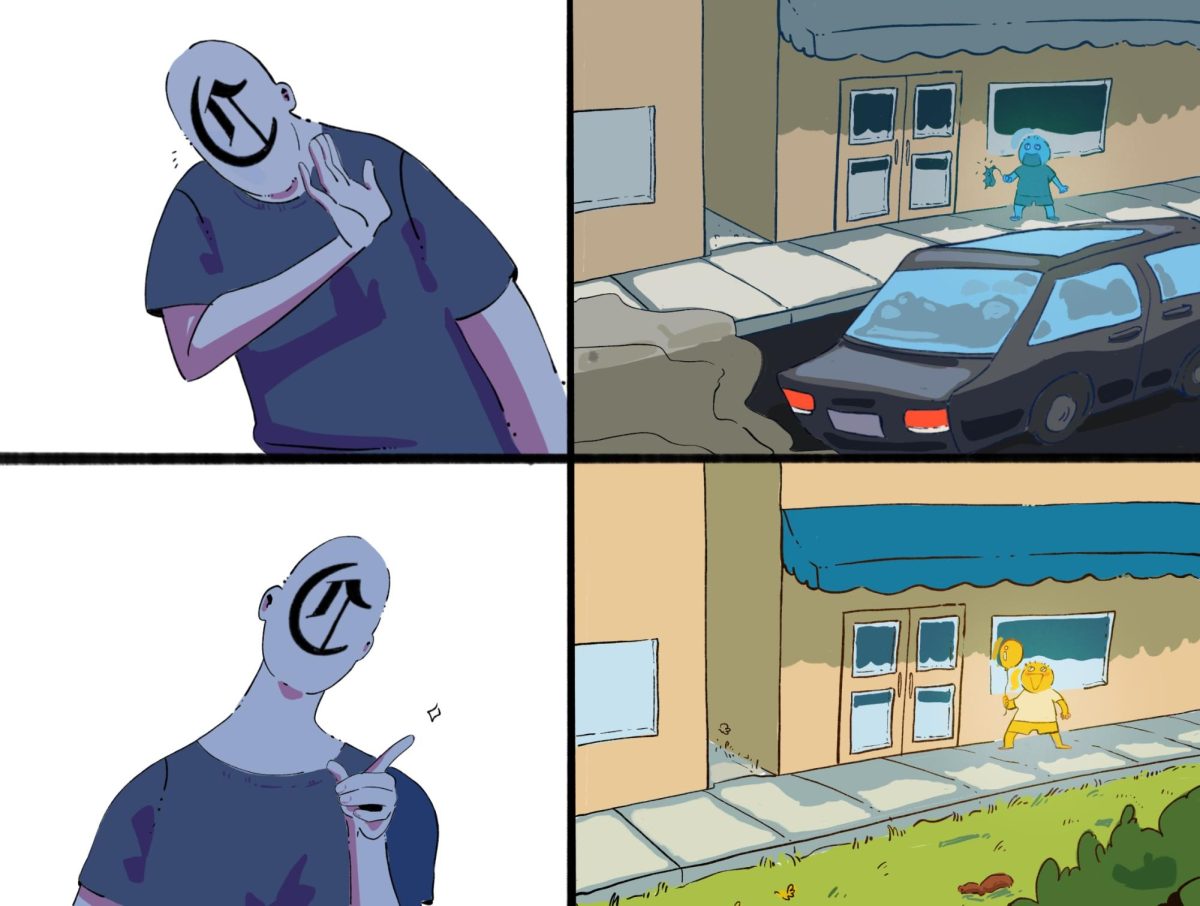By a 5-2 vote the Palo Alto City Council decided in November to permanently maintain California Avenue as a car-free zone. Parts of California Avenue had been closed to traffic since the early days of the pandemic.
Since the initial decision to close the road to traffic, the council has repeatedly extended the temporary closure, resulting in frustration from many California Avenue business owners who wanted clarity on future plans. Most recently, the council extended the closure to December of 2023.
Stephen Oberhauser, who repairs shoes at The Cobblery on California Avenue, said in an interview with Palo Alto Online that the city’s inability to make a permanent decision has decreased sales at The Cobblery by 35% since before the pandemic.
While The Campanile praises the city for finally coming to a consensus on the car-free state of California Avenue, we think the council should have passed a permanent resolution sooner rather than repeatedly extending the temporary closure. We also encourage the city to help businesses whose revenues are down due to the permanent closure to ensure all of the community thrives.
In contrast to the experiences of The Cobblery, in an interview with Palo Alto Online, Italico and Terun Co-owner Franco Campolingo said the street closure has boosted his business’s revenues by 40% since before the pandemic. Like Terun and Italico, many restaurants on California Avenue have taken advantage of the absence of cars, expanding their dining area onto the street. With more outdoor seating options, restaurants have been able to serve more people at one time, reducing wait times and attracting more customers by offering lively ambiance and generating more foot traffic to places where cars would have taken up space.
However, in an opinion piece for Palo Alto Online, business owners on and around California Avenue, many of whom are opponents to the resolution, said that by closing off the street to cars, the city is cutting off the main artery to businesses.
While The Campanile recognizes the difficulties non-restaurant businesses face in attracting diverse audiences since the street closure, we think if the city also includes street renovations to make California Avenue even more attractive and pedestrian-friendly, all stores will gain business as more customers will visit California Avenue.
Currently, a hodgepodge of aesthetics created by temporary parklets and mismatching umbrellas adorn the strip. But, with cohesive, permanent outdoor dining and new landscaping, we think California Avenue can become a hub for social gatherings within the community.
In a City of Palo Alto online Community Survey conducted by Fukuji Architecture and Planning and Fehr & Peers in January of 2023, out of 11 possible options, 81.8% of the 356 respondents selected “Outdoor dining” as the long-term improvement to California Avenue they’d most like to see, with 62.4% of respondents also selecting “Public places with seating.”
While these renovations and additions may be expensive, we think both community members and the business owners will benefit. And if the city invests in better landscaping to integrate the current road and outdoor dining, California Avenue could become a destination like Santana Row in San Jose or Castro Street in Mountain View, inviting more customers from cities nearby.
While The Campanile praises the city for taking residents’ requests into consideration, and while we applaud the council’s decision to permanently close California Avenue to cars, we encourage the council to invest in cohesive and permanent outdoor dining as well as landscaping to transform the area into an enjoyable and profitable community center for all.




California Girl • Jan 15, 2024 at 7:24 pm
The cobbler has a hard time attracting business because a) retail has shifted heavily to e-commerce (also the likely reason for Country Sun’s near demise), and b) shoes today are made to be worn out and thrown away, not repaired. It’s a sad reality for that shop owner, certainly, but blaming the lack of car traffic is a straw man. California Ave, thanks to the closure, remains a delightful place to stroll, have a meal, and dare I say, window shop—in contrast to University, where outdoor diners are once again forced to “enjoy” their meals with a side of exhaust fumes and revving engines.